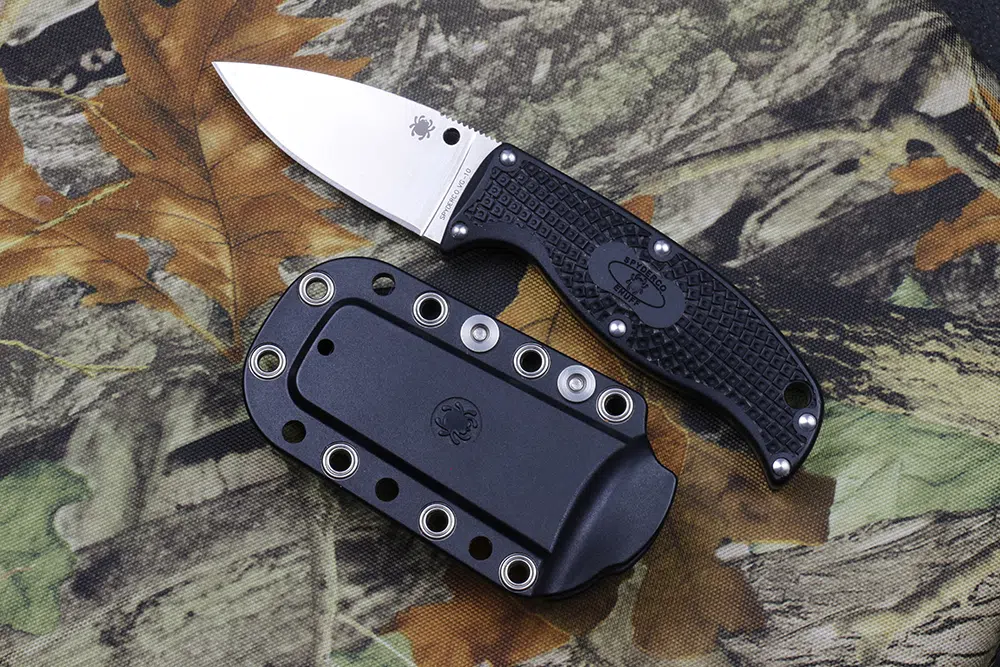In the fascinating world of blade crafting, understanding knife forging techniques is essential, especially for kitchen professionals. The art of forging involves not just skill but also a deep appreciation for the materials and processes that turn raw steel into a sharp, functional tool. Let’s delve into the intricate details of this craft, exploring the myriad techniques that bring a knife to life.

1. Introduction to Knife Forging
Knife forging is a traditional method of shaping metal to create blades. This ancient craft has been practiced for centuries and remains a vital part of knife making today. Forging involves heating the metal until it’s malleable and then shaping it using various tools and techniques. This process enhances the strength and durability of the blade.
2. Understanding the Basics
To grasp the intricacies of knife forging techniques, it’s important to start with the basics. The key components include the forge, hammer, anvil, and quenching materials. Each element plays a crucial role in shaping and strengthening the blade.
2.1 The Role of the Forge
The forge is where the magic begins. It’s a high-temperature furnace that heats the metal to a workable state. Different fuels can be used, such as coal, propane, or natural gas, each affecting the forging process differently.
2.2 Choosing the Right Hammer
Hammers are indispensable in knife forging. Selecting the right hammer impacts the precision and outcome of the blade. Blacksmiths often use cross-peen hammers for detailed work and rounding hammers for general shaping.
3. Techniques in Knife Forging
Several techniques are employed in knife forging, each offering unique benefits and challenges. Here are some of the most popular techniques:
3.1 Full Tang Forging
This technique involves forging the knife and the tang (the part of the blade that extends into the handle) from a single piece of metal. It offers superior balance and strength, making it a preferred choice for kitchen knives. For more on balance, see balance and weight distribution.
3.2 Pattern Welding
Also known as Damascus steel, pattern welding involves layering different types of steel and forging them together. This creates beautiful patterns on the blade and enhances its strength and flexibility.
4. Blade Shaping and Edge Formation
Shaping the blade and forming the edge are critical steps in knife forging. These processes determine the knife’s functionality and performance in the kitchen.
4.1 Shaping the Blade
Blade shaping involves hammering the metal into the desired form. This requires precision and skill to ensure the blade is balanced and sharp. Understanding different blade types can be beneficial, as outlined by Joker Knives.
4.2 Forming the Edge
The blade’s edge is crucial for cutting efficiency. Techniques such as grinding and honing are used to achieve a sharp, durable edge. For more on blade edges, see blade edge retention techniques.
5. Heat Treatment and Quenching
Heat treatment is a vital process in knife forging that enhances the blade’s hardness and flexibility. It involves heating the blade to a specific temperature and then cooling it rapidly through quenching.
5.1 Importance of Quenching
Quenching hardens the blade, making it more durable. The choice of quenching medium, such as oil, water, or air, affects the final properties of the blade.
6. Final Touches and Handle Crafting
After forging and treating the blade, the next step is to craft the handle, which is crucial for the knife’s usability and comfort.
6.1 Selecting Handle Materials
The handle material affects the knife’s grip and aesthetic. Common materials include wood, plastic, and metal. For ergonomic options, explore handle ergonomics.
6.2 Attaching the Handle
Attaching the handle securely is vital to ensure the knife is safe to use. Techniques like riveting or epoxy bonding are commonly used.
7. Conclusion
Understanding knife forging techniques is essential for anyone interested in crafting high-quality, durable knives. Whether you’re a professional chef or an enthusiast, mastering these techniques will elevate your knife-making skills.

FAQs
What are the basic tools needed for knife forging?
Basic tools include a forge, hammer, anvil, and quenching materials.
How does quenching affect the knife?
Quenching hardens the blade, enhancing its durability.
What materials are best for knife handles?
Common materials include wood, plastic, and metal, chosen for their grip and aesthetic qualities.
This article contains affiliate links. We may earn a commission at no extra cost to you.


